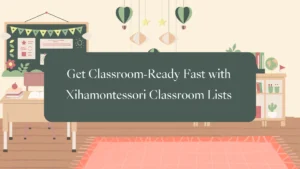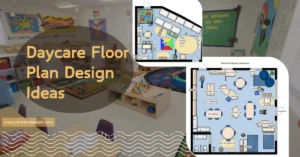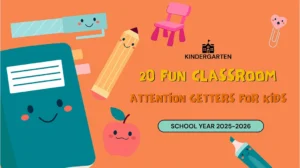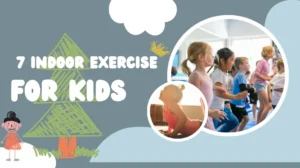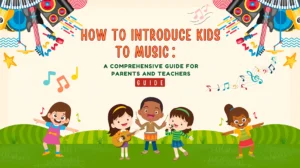Are you wondering whether Montessori classroom furniture is the right choice for your educational setting, or if traditional classroom furniture is a better fit? Join us as we delve into the world of classroom furniture and explore the advantages and disadvantages of both Montessori and traditional options.
What is Montessori Classroom Furniture?
Montessori classroom furniture is specifically designed to complement the Montessori teaching method, which emphasizes hands-on learning and independence. The furniture in a Montessori classroom is typically child-sized, promoting a sense of ownership and autonomy among the students. It includes low tables and chairs, open shelves, and a variety of manipulative materials that allow children to explore and learn at their own pace.
Pros of Montessori Classroom Furniture
- Child-Centered Approach: Montessori furniture encourages children to take charge of their learning by providing an environment that is tailored to their needs and abilities. The child-sized furniture promotes independence and helps develop fine motor skills as they navigate their space.
- Freedom of Movement: The open layout and flexible furniture arrangement in Montessori classrooms allow for freedom of movement. Children can easily access materials and move around the classroom, promoting an active and engaging learning experience.
- Hands-On Learning: Montessori furniture provides ample opportunities for hands-on learning. The various manipulative materials available on open shelves encourage exploration, problem-solving, and critical thinking skills.
- Sense of Community: Montessori classrooms often incorporate communal spaces where students can gather and collaborate. This fosters a sense of community and encourages social interactions among students.
Cons of Montessori Classroom Furniture
- Limited Comfort: The child-sized furniture in Montessori classrooms may not always provide the same level of comfort as traditional classroom furniture. This can be a challenge for students who prefer a more structured and comfortable seating arrangement.
- Lack of Personal Storage: Montessori classrooms typically have open shelves for materials storage, which may not provide enough personal storage space for students. This can lead to clutter and disorganization if not properly managed.
- Higher Cost: Montessori classroom furniture is often custom-made and tailored to the specific needs of the Montessori teaching method. This customization can result in higher costs compared to traditional classroom furniture options.
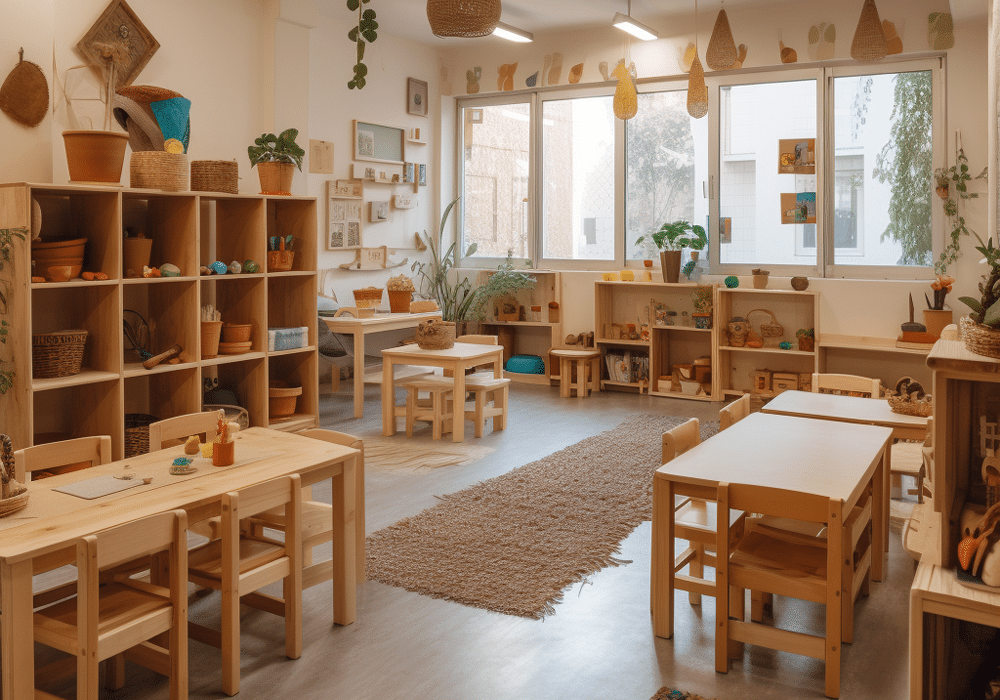
What is Traditional Classroom Furniture?
Traditional classroom furniture follows a more conventional approach, with standard-sized tables and chairs arranged in rows or clusters. This type of furniture is commonly found in public schools and educational institutions that do not adhere to a specific teaching philosophy or method.
Pros of Traditional Classroom Furniture
- Familiarity and Comfort: Traditional classroom furniture provides a familiar and comfortable seating arrangement for students. The standard-sized desks and chairs offer stability and support, which can be beneficial for students who require a more structured learning environment.
- Cost-Effective: Traditional classroom furniture options are often readily available and mass-produced, making them more cost-effective compared to custom-made Montessori furniture. This affordability can be advantageous for schools with budget constraints.
- Classroom Management: The traditional arrangement of desks in rows or clusters allows for easier classroom management. It provides clear sightlines for teachers to monitor students and facilitates the traditional lecture-style teaching approach.
- Personal Storage: Traditional classroom furniture often includes built-in storage solutions, such as individual cubbies or desk compartments. This allows students to keep their personal belongings organized and easily accessible.
Cons of Traditional Classroom Furniture
- Lack of Flexibility: The rigid arrangement of traditional classroom furniture may limit the flexibility of the learning environment. It can discourage movement and collaboration, which are essential components of modern educational practices.
- Limited Individualization: Traditional classroom furniture is not designed to accommodate the diverse needs and learning styles of students. This can hinder personalized learning experiences and impede the development of individual strengths and interests.
- Passive Learning: The traditional seating arrangement and lecture-style teaching approach associated with traditional classroom furniture can promote a more passive learning environment. This may not cater to the active and hands-on learning experiences that many educators strive for.
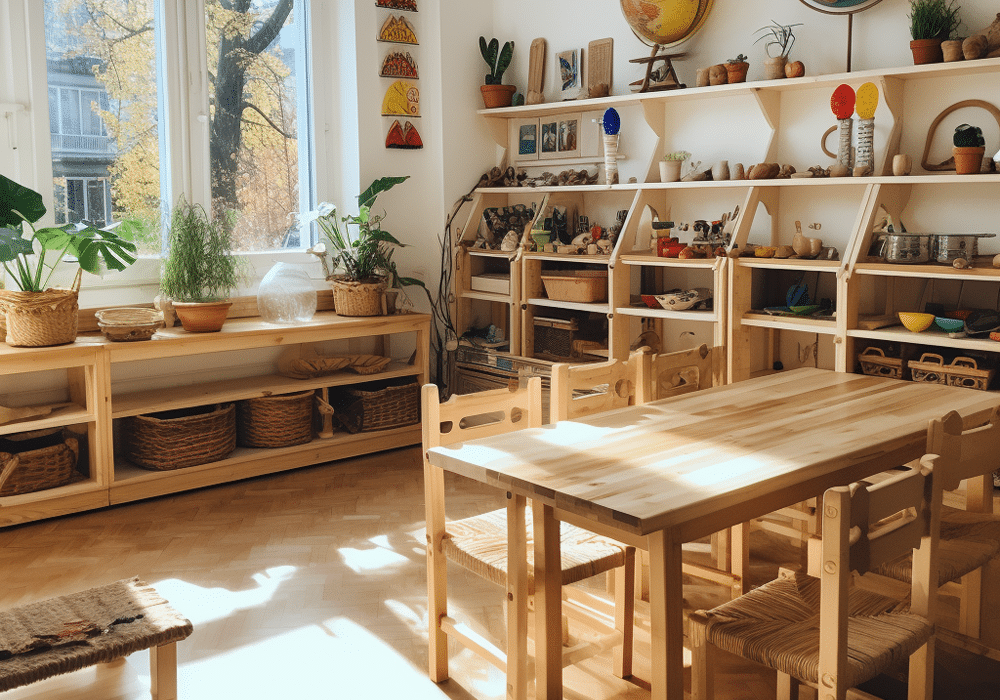
Conclusion
When it comes to choosing between Montessori and traditional classroom furniture, there is no one-size-fits-all answer. Both options have their own advantages and disadvantages, and the decision ultimately depends on the specific needs and goals of your educational setting. Montessori furniture promotes child-centered learning, independence, and hands-on exploration, while traditional classroom furniture offers familiarity, comfort, and classroom management benefits. By considering these pros and cons, you can make an informed choice that aligns with your teaching philosophy and enhances the learning experience for your students.
So, whether you’re a Montessori enthusiast or a traditionalist at heart, Xiha Montessori has a wide range of classroom furniture options to suit your needs. Visit our website to explore our extensive collection and find the perfect fit for your educational space.


